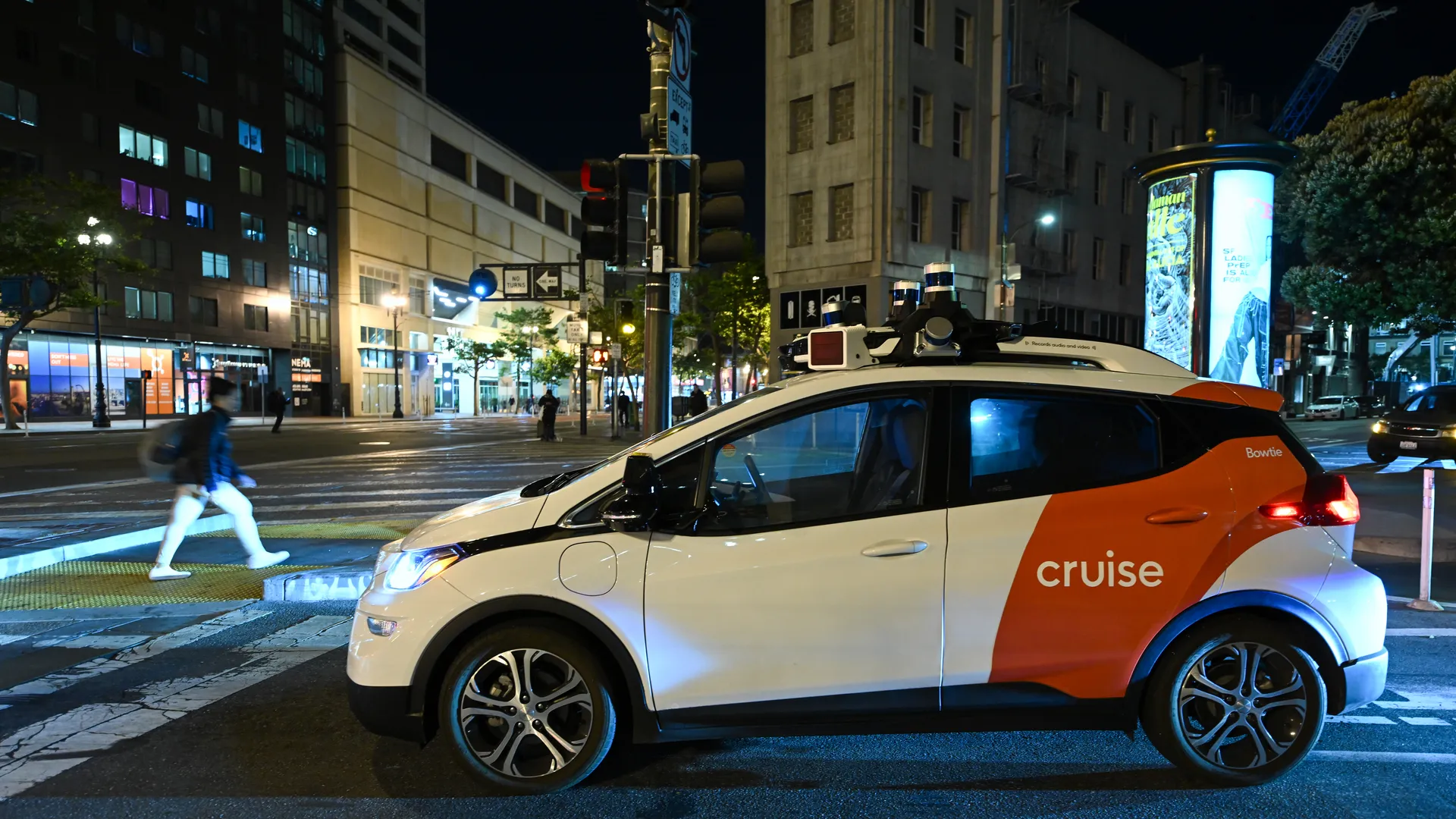California Suspends Cruise’s Self-Driving Cars Amid Safety Concerns
In a recent and significant development, California authorities have suspended the testing of Cruise’s autonomous vehicles, operated by General Motors. This suspension comes in the wake of safety concerns following a series of recent accidents involving self-driving vehicles. This article will delve into the details of this suspension and its implications for the future of autonomous vehicles.
A Safety Concern Arises
The suspension decision was prompted by a disturbing incident in San Francisco, where a Cruise autonomous car struck a pedestrian. What makes this incident even more alarming is that the pedestrian was initially hit by a hit-and-run driver before being struck by the autonomous vehicle. This tragic sequence of events has raised significant concerns about the ability of self-driving cars to detect and avoid pedestrians effectively.
Focusing on Driverless Autonomous Vehicles
It’s important to note that the suspension applies only to driverless autonomous vehicles, not those equipped with human “safety drivers.” The presence of human drivers on board appears to provide an added layer of safety and reassurance, which is why these vehicles are not part of the suspension.
Collaborative Efforts for Resolution
California regulators are actively working with Cruise to address these safety concerns and reinstate permits for testing. The company is committed to improving the safety of its autonomous vehicles, emphasizing the importance of finding solutions to prevent future accidents.
Ongoing Challenges in Autonomous Vehicle Technology
This incident has once again shed light on the numerous challenges in the development of autonomous vehicle technology. While self-driving cars hold the promise of revolutionizing transportation and making it safer, this unfortunate incident highlights that the road to full autonomy is still fraught with obstacles.
FAQ’s
Q: What led to the suspension of Cruise’s autonomous vehicle testing in California? A: The suspension was a response to a self-driving Cruise car striking a pedestrian in San Francisco after the pedestrian was initially hit by a hit-and-run driver.
Q: Does the suspension apply to all autonomous vehicles operated by Cruise? A: No, the suspension only affects driverless autonomous vehicles. Those with human “safety drivers” are not included.
Q: How is Cruise working to resolve the suspension issue? A: California regulators are collaborating with Cruise to reinstate testing permits, and the company is dedicated to improving safety measures.
Q: What are the implications of this incident for the autonomous vehicle industry? A: This incident underscores the ongoing challenges and safety concerns in the development of autonomous vehicle technology.
Q: Are self-driving cars still the future of transportation? A: While self-driving cars hold tremendous promise, incidents like this remind us that the technology is still evolving and faces safety challenges.
Q: What are the key takeaways from this incident and suspension? A: The incident highlights the need for continued safety improvements and regulatory oversight in the autonomous vehicle industry.
